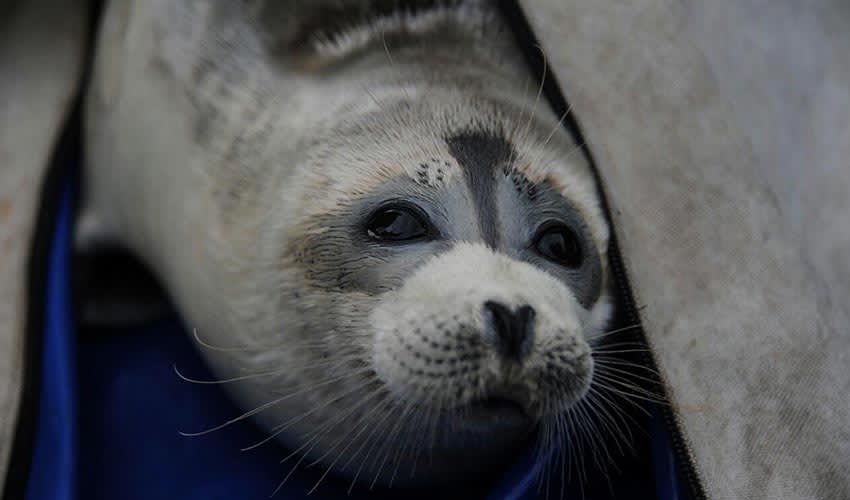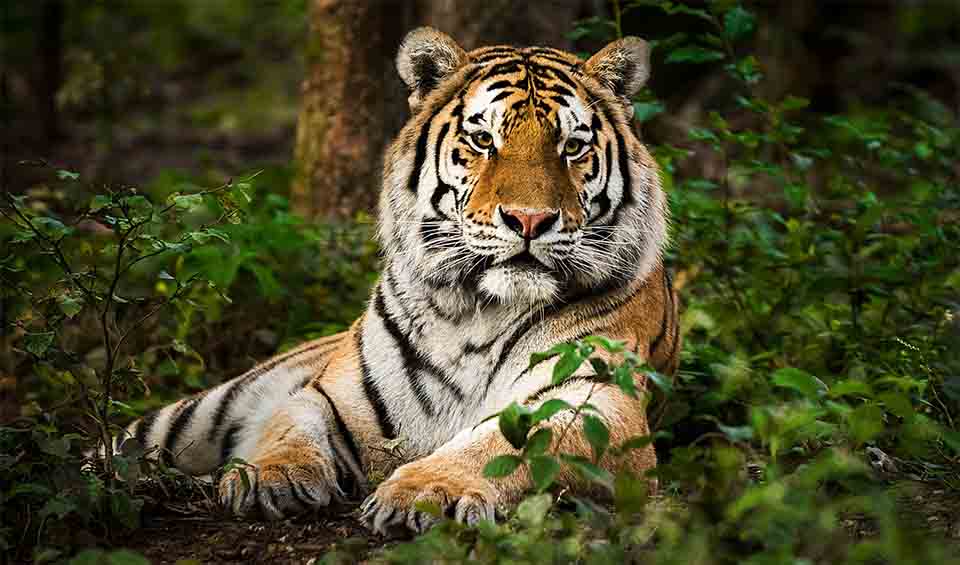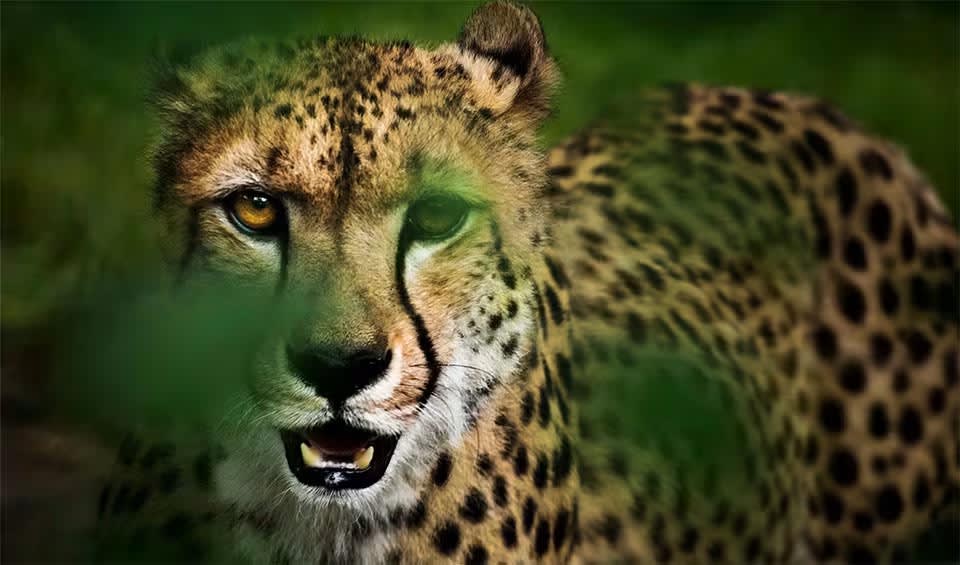One of the most fascinating and unique animals living in and around the Caspian Sea. It’s the only marine mammal found in that region, and what makes it stand out even more is that it’s the smallest species of true seal in the world. Their compact size has helped them adapt well to the relatively enclosed and shallow Caspian Sea, which stretches across parts of Russia, Iran, Kazakhstan, Turkmenistan, and Azerbaijan. Unlike seals that venture into oceans, the Caspian seal lives entirely within this inland sea, which makes its lifestyle and environment pretty different from its relatives.
One of the Caspian seal’s most noticeable features is its large, dark eyes that give it a kind of permanently surprised expression. These big eyes help it see better underwater, especially when hunting in murky conditions. Its fur is generally a silvery-gray, and during the molting season, it can look a little scruffy, but still pretty adorable. These seals are strong swimmers and can dive as deep as 500 feet (152 meters), staying underwater for over 20 minutes if needed. They mainly feed on fish like sprats and gobies, but they’re not too picky — they’ll also go after crustaceans and other small sea creatures when available.
Caspian seals also live much longer than many people might expect. Some individuals have been known to reach over 50 years old! That’s quite impressive for a wild animal. However, they don’t have it easy. Their population has been steadily declining due to habitat loss, pollution, and diseases. These days, they’re considered endangered, and scientists and conservation groups are making efforts to protect them.
Distribution
 Azerbaijan
Azerbaijan Iran
Iran Kazakhstan
Kazakhstan Russia
Russia Turkmenistan
TurkmenistanAnything we've missed?
Help us improve this page by suggesting edits. Glory never dies!
Suggest an editGet to know me
Terrestrial / Aquatic
Altricial / Precocial
Polygamous / Monogamous
Dimorphic (size) / Monomorphic
Active: Diurnal / Nocturnal
Social behavior: Solitary / Pack / Herd
Diet: Carnivore / Herbivore / Omnivore / Piscivorous / Insectivore
Migratory: Yes / No
Domesticated: Yes / No
Dangerous: Yes / No




